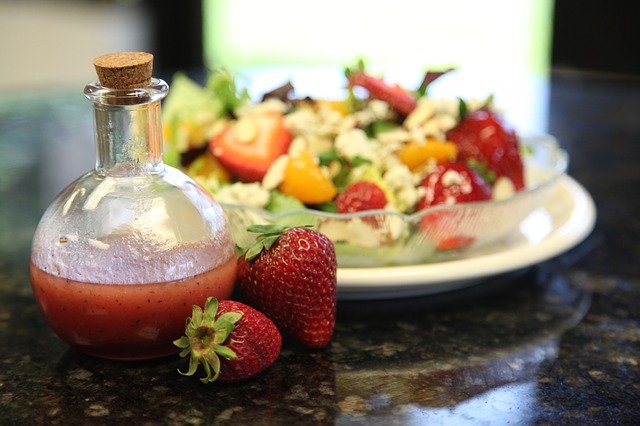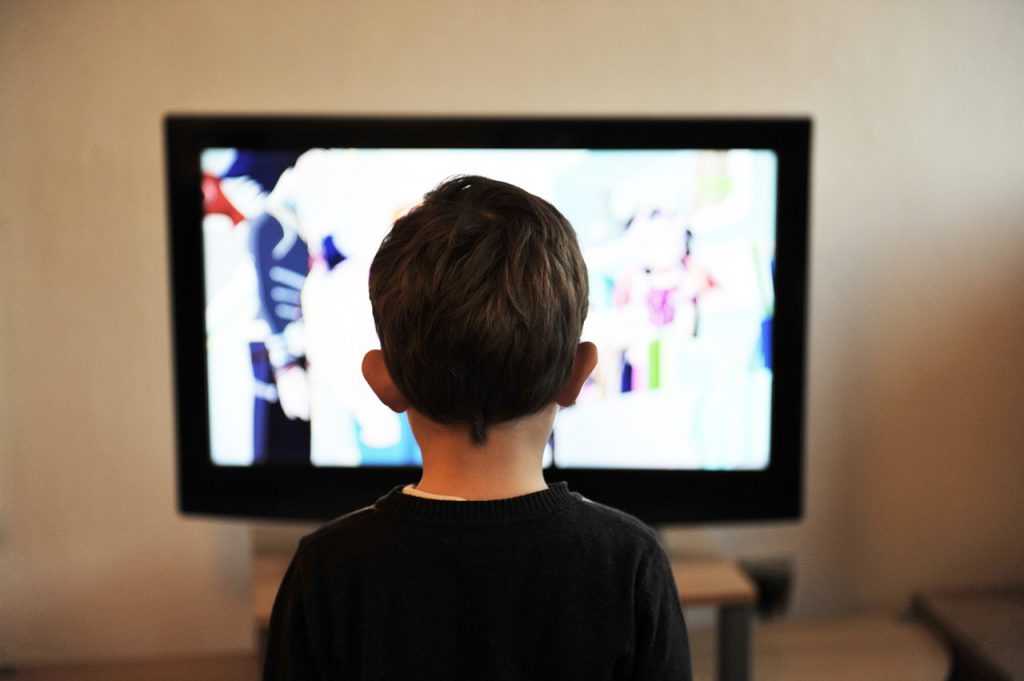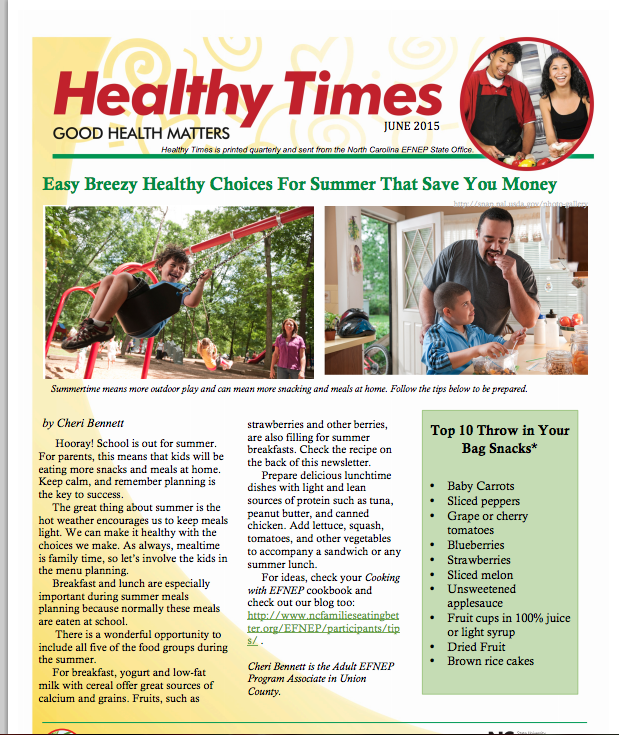National Osteoporosis Month
May is National Osteoporosis month. Osteoporosis is a weakening of the bones. Risk factors include smoking, age, being a female, early menopause, and not getting enough calcium or Vitamin D. To make sure that you are getting enough of these nutrients, consume a well-balanced diet with whole grains, fruits and vegetables, protein and dairy products such as low-fat yogurt and low-fat or non-fat milk.

Aim for getting some sunlight in your day because sunlight is a great source of vitamin D. Also, getting active or doing weight-bearing activities or even walking is a great way to help build and maintain bone strength. Personally, I like to get out and walk around the park and use park benches for exercises. This helps me get both the activity and the sunlight.
Here’s one of the recipes that is a great source of calcium and tastes delicous with just about anything you can dip into it!
Spinach Dill Dip
Ingredients:
¾ c strained yogurt
¾ c cottage cheese
½ pkg frozen spinach, thawed & drained
4 cloves garlic
½ c fresh dill
Nutmeg
Black pepper
Directions:
Blend yogurt and cottage cheese. Add remaining ingredients and mix. Chill thoroughly.
Nutritional Information: Servings: 8, Amount/Serving: Calories 53, Total Fat 2g, Sat. Fat 1g, Cholesterol 9mg, Sodium 105mg, Total carbohydrates 3g, Sugars 2g, Dietary Fiber 1g, Protein 5g, Calcium 104mg, Vitamin D <0.8 IU.
Find more information here or find more recipes here.
Healthy Times Newsletter, June 2015
Strawberry Season
My family can’t eat enough strawberries at this time of year! They are a good value at the farmers markets and grocery stores. Be careful to only purchase what you will use within a couple of days, to avoid having the strawberries get moldy and go bad. If you plan to buy strawberries in bulk, it’s a good idea to freeze what you’re not ready to use.
Strawberries are great as a snack. I like to add strawberries to vegetable salads or mix strawberries with different seasonal fruits for a beautiful and tasty fruit salad. Our favorite strawberry dessert is strawberry shortcake, using angel food cake or homemade biscuits as the “cake”.
If you are growing your own strawberries and have an abundance of them, try making strawberry jam. Your local Extension office can provide you with a recipe.
One of my favorite EFNEP recipes is the Strawberry Spinach Salad. Try for yourself!

Strawberry Spinach Salad
Makes 6 servings
Serving Size: 1 cup
Ingredients
1/2 teaspoon prepared mustard
1/2 teaspoon Worcestershire sauce
dash paprika
1/2 cup sugar
1/4 cup vegetable oil
1 1/2 teaspoons minced onion
1/4 cup vinegar
1 9-ounce bag fresh spinach
1 pint fresh strawberries, sliced
1/4 cup nuts, chopped (optional)
Dressing Directions
1. Combine all ingredients except spinach, strawberries, and nuts.
2. Using a fork or wire whisk, mix until well blended and sugar melts.
Salad Directions
1. Clean spinach and pat dry. Cut off stems and place in bowl.
2. Add sliced strawberries.
3. Drizzle dressing lightly to taste over spinach and strawberries.
4. Toss to coat.
5. Sprinkle nuts over top.
*Note: You can use leftover dressing for other salads or to marinate vegetables. You may add other fruits like drained pineapple chunks, grapes, or blueberries.
-Judy
Baja Fish Taco
Fish tacos are one of my favorite meals. Check out this recipe made with ingredients that are delicious and nutritious! It uses cilantro that adds a great flavor. The avocado gives it a creamy texture and makes it a little heart healthier. And the cabbage adds a bit of a crunch as well as fiber and Vitamin C.

Baja Fish Taco
Ingredients
• Light Cooking spray
• 3/4 pound firm white fish fillets such as Tilapia
• 2 teaspoons low-sodium fajita seasoning
• 2 cups pre-sliced green cabbage (about 6 ounces)
• 1 tablespoon fresh lime juice
• 1/4 teaspoon salt (optional)
• 3 tablespoons chopped fresh cilantro
• 8 (6-inch) corn tortillas
• 2 1/2 tablespoons reduced-fat sour cream, divided (optional)
• 1/2 avocado, pitted and diced
• 1 jar of low-sodium salsa
• Lime wedges
Preparation
1. Lightly spray grill rack (or a fry pan) with nonstick light cooking spray, and preheat grill or heat pan on medium high heat.
2. Sprinkle both sides of fish with low-sodium fajita seasoning, gently pressing into flesh. Grill or fry fish 3-4 minutes on each side or until fish flakes easily when tested with a fork. Flake into pieces with a fork; keep warm.
3. In a small bowl, mix together cabbage, lime juice, salt, and cilantro.
4. Wrap the tortillas in paper towels, and microwave 1 minute on HIGH or until they’re warm.
5. Place taco ingredients on the table for assembly. Spread each tortilla with 1 teaspoon of light sour cream, if desired, and top with fish, cabbage mixture, and avocado. Serve with salsa and lime wedges on the side.
-Susan
Screen Free Week
Screen Free Week is May 4 – 10, 2015. Are you willing to unplug and spend your free time hiking, walking, crafting, or finding a quiet place to sit and enjoy the outdoors?
In just the last 10 years or so, technology has made it possible for nearly every member of the family to own a digital device. Unfortunately, for some kids (and grown ups), screen time has replaced playtime or physical activity. This is concerning because excessive screen time has been linked to obesity for both children and adults.
Children born in the last 10 years will never know what it was like before smartphones and tablets. I’m grateful for my memories of playing outside from morning until dark, using my imagination to be an explorer, a treasure hunter, a soccer player, and a bug collector. I remember waking up extra early for Saturday morning cartoons. Afterwards, the rest of my Saturday was spent outdoors. I remember when TV networks played the national anthem indicating it was signing off. Now we have kids’ networks running 24 hours a day.
In celebration of Screen Free Week, I encourage you and your family to spend your free time interacting with each other rather than a digital device. For ideas, click here.
What do you remember doing as a child that didn’t involve a screen?
-Lisa
